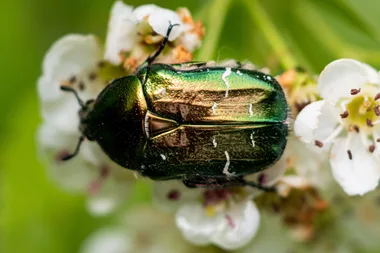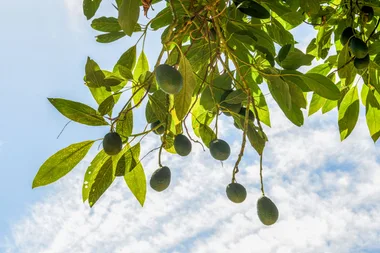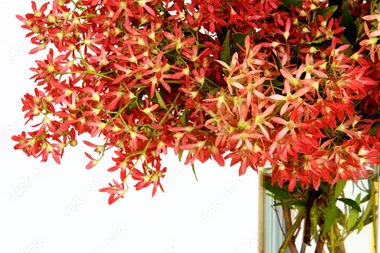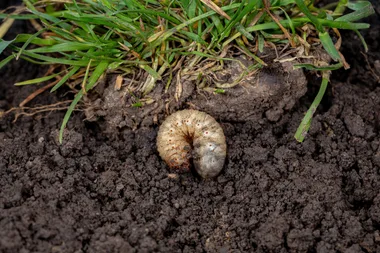Root vegetables are the humble hero of the vegie patch, producing their hearty crop beneath the soil surface, well away from prying eyes.
WATCH: Spinach, cheese and winter vegetable pastry coil
It’s no surprise that parsnips are related to carrots. But even though they share similar growing conditions, you need a lot more patience to grow parsnips as you’ll need to wait up to four or five months until harvest.
Aspect
Plant in full sun. Most root veg need about six hours of sunlight. If they struggle for light, they’ll put more effort into their foliage at the expense of the tuber.
Climate
All climates are suitable but cooler climates are ideal.
Soil
Improve your soil. Prepare the soil prior to planting with well-aged mushroom compost and manure. Dig the soil over to a depth of 30-40cm (a spade’s depth). This helps to open up the soil allowing tubers to develop more easily, without resistance. Also it’s important to increase soil pH by applying a little lime, ash or ground shell dust prior to planting.
Water
Water regularly. Root vegetables need a regular supply of water to not only improve growth, but to prevent them splitting and cracking.
Fertiliser
Apply a seaweed solution fortnightly to improve plant and soil health. This will also make your vegies more pest and disease resistant.
Pests
Emerging seedlings can be decimated by snails, slugs and slaters. Lure them away with a saucer of beer. In humid conditions, leaf spot and rust can be an issue. Remove infected leaves and place in the rubbish. Protect crops from caterpillars with a homemade spray of chilli, water and natural soap flakes.
Varieties
Try popular varieties such as ‘Hollow Crown’ or ‘Guernsey’.
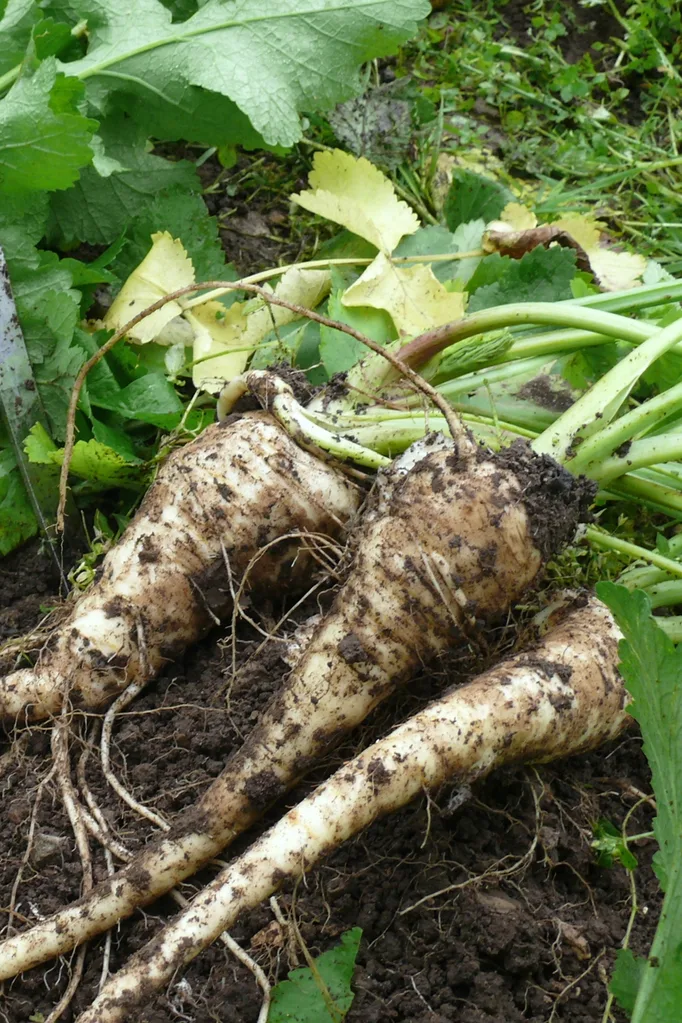
Expert tips
- Be careful with members of the brassica family as swede, turnip, radish and daikon are related to cabbages and should not be grown in the same bed consecutively.
- Sow at the right time of year for your area. Check each variety individually as some will have very different sowing times in different areas.
- The secret to successful germination is using fresh seed every year. Sow in drills 1cm deep and around 30cm apart. Thin seedlings to five to 10cm. If crops are left to run to seed, be careful collecting seeds and removing old plants as the foliage can cause skin irritation and blisters in some people.
- Harvest when they reach their ideal size. The best way to prevent a feast or famine of root crops is by successive sowings, so that each row can be harvested over a couple of weeks, before the next row is even ready for harvest. Sow a row every fortnight to extend your harvest while maintaining.
- Rotate crops. Preferably growing root crops after you have grown an above-ground crop, such as peas or beans.
- Parsnips are best left to mature over the winter, where the cool nights help to improve their flavour, ready for harvest in early spring.
You might need
You may also like
Pea and ham soup with roasted parsnip crisps
Soul healing chicken soup with winter vegetables
